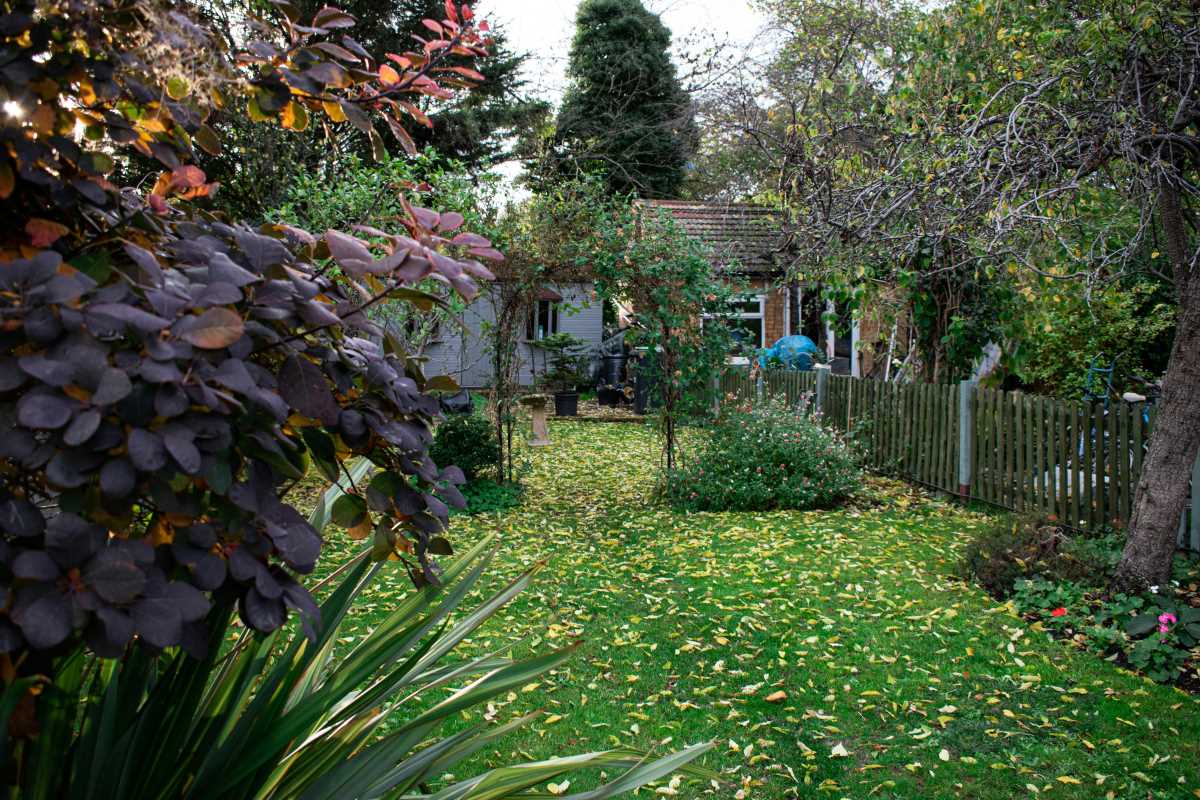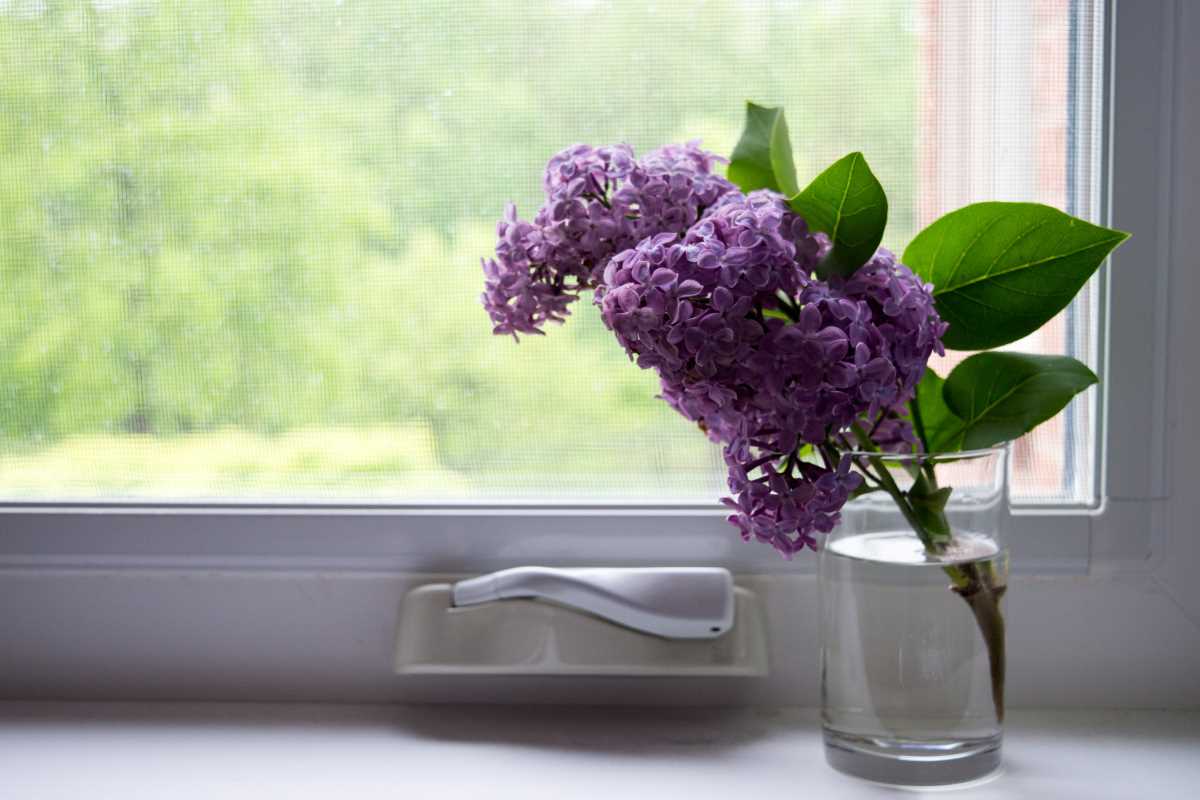The dream of a lush family garden is a beautiful one, filled with images of children happily snacking on sun-warmed produce. The reality, however, can quickly devolve into a high-stakes battle against weeds, pests, and the crushing weight of your own ambition. You wanted a fun family hobby, not a second full-time job that requires constant vigilance and an encyclopedic knowledge of fungal diseases. The secret to a successful and, more importantly, enjoyable family garden isn't about having a "green thumb"; it's about strategic plant selection. It’s about choosing allies that are resilient, forgiving, and don't require you to whisper sweet nothings to them every evening just to survive.
Creating a low-maintenance garden means picking plants that can handle a bit of neglect, are less prone to drama, and offer a high return on your minimal investment of time and effort. This is especially true when gardening with kids, whose enthusiasm can wane faster than a puddle in July. You need plants that deliver results without demanding constant attention. We've compiled a list of five powerhouse plants that are perfect for creating a garden that is both productive and pleasantly easygoing, letting you spend more time enjoying the harvest and less time worrying about it.
The Unstoppable Summer Squash
If you want to feel like a gardening god with minimal effort, plant a zucchini or yellow summer squash. These plants are the overachievers of the vegetable world, so famously prolific that gardeners joke about leaving bags of them on their neighbors' doorsteps in the dead of night. Their vigor is a massive confidence booster for new gardeners and a source of constant amazement for kids. You plant a tiny seed, and in what feels like minutes, you have a sprawling plant producing vegetables of comical proportions. The near-instant gratification is perfect for keeping everyone engaged.
Beyond their enthusiasm for growing, summer squash plants are relatively unfussy. Give them a spot with plenty of sun and rich, well-drained soil, and they will largely take care of themselves. Their broad, leafy canopy helps to shade out weeds, reducing your workload. While they can be susceptible to pests like squash bugs and vine borers, planting them a little later in the season can often help you avoid the worst of the bug pressure. Harvesting is a daily treasure hunt, and the vegetables themselves are incredibly versatile. You can grill them, spiralize them into "zoodles," bake them into bread, or grate them into just about any dish to secretly boost its nutritional value.
The Ever-Giving Cherry Tomato
A regular tomato plant can be a bit of a diva, demanding perfect watering, regular pruning, and a complex staking system to keep it from collapsing under the weight of its own ambition. A cherry tomato plant, on the other hand, is its cheerful, low-maintenance cousin. These plants are tenacious, often thriving in conditions that would make a larger beefsteak tomato wilt with despair. They are generally more disease-resistant and tend to produce fruit much earlier and more consistently throughout the season, which is a huge win for impatient gardeners of all ages.
The best part about cherry tomatoes is the harvesting experience. The small fruits ripen quickly and in great clusters, providing a steady supply for snacking. There is no greater joy in the garden than picking a perfectly ripe, sun-warmed cherry tomato and popping it straight into your mouth. This act alone can turn a reluctant child into a gardening enthusiast. For an even easier time, grow an indeterminate variety in a large pot with a simple tomato cage.
- Sun Gold: Famously sweet and vibrant orange, a kid-favorite.
- Sweet Million: A classic red cherry that produces incredible yields.
- Black Cherry: A beautiful, dark-colored heirloom with a rich, complex flavor.
These varieties will happily climb the cage with minimal guidance, making them a vertical, space-saving, and delicious addition to your garden that provides rewards all summer long.
The Hardy and Hearty Bush Bean
Beans are a classic beginner vegetable for a reason. They germinate quickly, grow vigorously, and provide a satisfying harvest. While pole beans, which require a trellis, are wonderful, their bush bean counterparts are the champions of low-maintenance gardening. As their name suggests, they grow in a compact, bushy form that requires no staking or support. This self-contained growth habit makes them incredibly easy to manage. You simply plant the seeds in a row or a block, and they do the rest, forming a dense thicket of foliage that helps suppress weeds.
Bush beans are nitrogen-fixers, meaning they actually improve the soil they grow in by drawing nitrogen from the air and converting it into a usable form in their roots. So, they’re not just growing food; they're actively making your garden healthier for future plantings. The harvest is typically concentrated over a few weeks, which is perfect for a big family meal or for freezing a batch for later. The act of "hunting" for the bean pods hidden amongst the leaves is a fun activity for kids, and the crisp, fresh taste of a homegrown green bean is a world away from the canned version.
The Unflappable Leafy Greens
Growing a perfect head of lettuce can be tricky, as it’s prone to bolting (flowering) in the heat and can be a magnet for slugs. But that doesn’t mean you should give up on homegrown salads. The solution is to choose "cut-and-come-again" leafy greens. Varieties like loose-leaf lettuce, spinach, arugula, and Swiss chard are incredibly forgiving. Instead of waiting to harvest a whole head, you simply snip off the outer leaves as you need them. The plant will continue to produce new leaves from its center, giving you a continuous harvest for weeks, or even months, from a single planting.
This method is ideal for family gardens because you can harvest just enough for that night's dinner, ensuring maximum freshness and zero waste. These greens are also quite resilient. Many varieties are tolerant of cooler weather, allowing you to extend your gardening season into the spring and fall. Swiss chard, in particular, is a superstar; it’s beautiful with its rainbow-colored stems, tolerant of both cool and warm temperatures, and resistant to many common pests. Planting a small patch of these greens ensures you always have something fresh and healthy to add to your meals with almost no effort.
The Versatile and Vigorous Herb Garden
No family garden is complete without a patch of fresh herbs, and they happen to be some of the easiest and most rewarding plants you can grow. Many of the most popular culinary herbs are practically weeds in their native Mediterranean climates, meaning they thrive on a bit of neglect. Perennial herbs like mint, oregano, thyme, and chives will come back year after year with minimal intervention. In fact, your biggest challenge with mint won't be keeping it alive, but keeping it from taking over your entire yard. It's best to confine it to a pot.
Herbs are perfect for container gardening, which can be an easy entry point for a family garden. A few pots on a sunny patio can provide a wealth of flavors all summer long. They require very little fuss beyond regular watering and the occasional trim. Involving kids with herbs is a wonderful sensory experience. They can crush the leaves to smell the different scents, taste the sharp bite of parsley or the cool rush of mint, and help sprinkle them into dinner. Growing your own herbs elevates your cooking and saves you a small fortune compared to buying those sad, plastic-packaged sprigs at the grocery store.
 (Image via
(Image via




